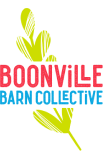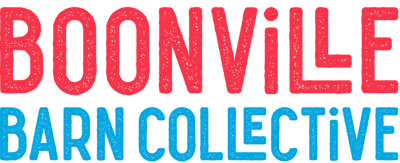A QUICK NOTE: As a working farm, we're unable to offer regular tours. Depending on the season and what we've got going on, we are sometimes able to give a quick tour. Please reach out to us at hello@boonvillebarn.com to schedule a visit, or enjoy this virtual tour!
We’re one of the few farms in California that produces dried chiles at scale.
And by scale, we’re talking about 4 acres of chiles which are all harvested by hand and dried to create chile powders, flakes or whole dried chiles. The supply chain we built is short, free of import tariffs, and is direct from our farm.
The entire production process takes place on our Anderson Valley farm: from saving seeds, to planting starts, to harvesting chiles, to drying them, to packing the chiles up, to planning what happens next year. Each order is packed and shipped by our team from our farm office. We take pride in having our hands in the whole process.
Meet the Boonville Barn TeamWe’re located in the Anderson Valley of Northern California, the perfect place to grow our signature Piment d’Ville chile.
The Valley is a 30 mile stretch of rolling hills, productive vineyards, and giant redwoods that lead to the Mendocino coast. Known for hot summer days and cool foggy nights, the climate here is similar to that of the Basque region of France, where Piment d'Espelette is produced, making this a great place for our Piment d'Ville chiles to thrive.
Our farm has become the most significant source for this peppery, sweet, mildly spicy chile powder outside of Europe.
Our chiles are grown with sustainable practices on our Renegade certified ten acre farm. Every chile is started in our greenhouse, grown in our fields, and finally harvested by hand after five months under the California sun.
April + May: After the rain subsides, we mow down the cover crop holding our soil together and spread compost across the fields. We form the beds for chiles and lay down drip irrigation lines and weed barriers. Strawberry harvest begins in May with luscious, sun-ripened berries and beans are planted by the end of the month.

June, July + August: In early June the chiles are ready to be planted! They are irrigated with water from our pond, collected during the rainy season. We check irrigation lines and make sure all the plants are thriving throughout the summer. In August we prepare for the chile harvest by transforming the greenhouse into our drying facility.

September + October: We harvest and thresh dry beans. The start of the chile harvest begins and we remember how great it makes the farm smell. We harvest 5 days a week, constantly filling up the greenhouse with chiles, and start processing them into dried chile powders.

November: As the chile harvest comes to a close, we mow the plants down, turn the fields over, and plant cover crop for the winter. Once the olives hit the perfect mix of ripeness, they are harvested and brought to Hopland to get milled into olive oil.

December + January: In deep winter, we process the final chiles, save seed for the upcoming season, and start selling the new harvest of chiles. January brings rain and time to crop plan for the year ahead.

February + March : While it rains, we start each chile plant from seeds saved from last year's harvest in the greenhouse. Once ready, we transplant approximately 80,000 germinated seeds into large growing trays.







